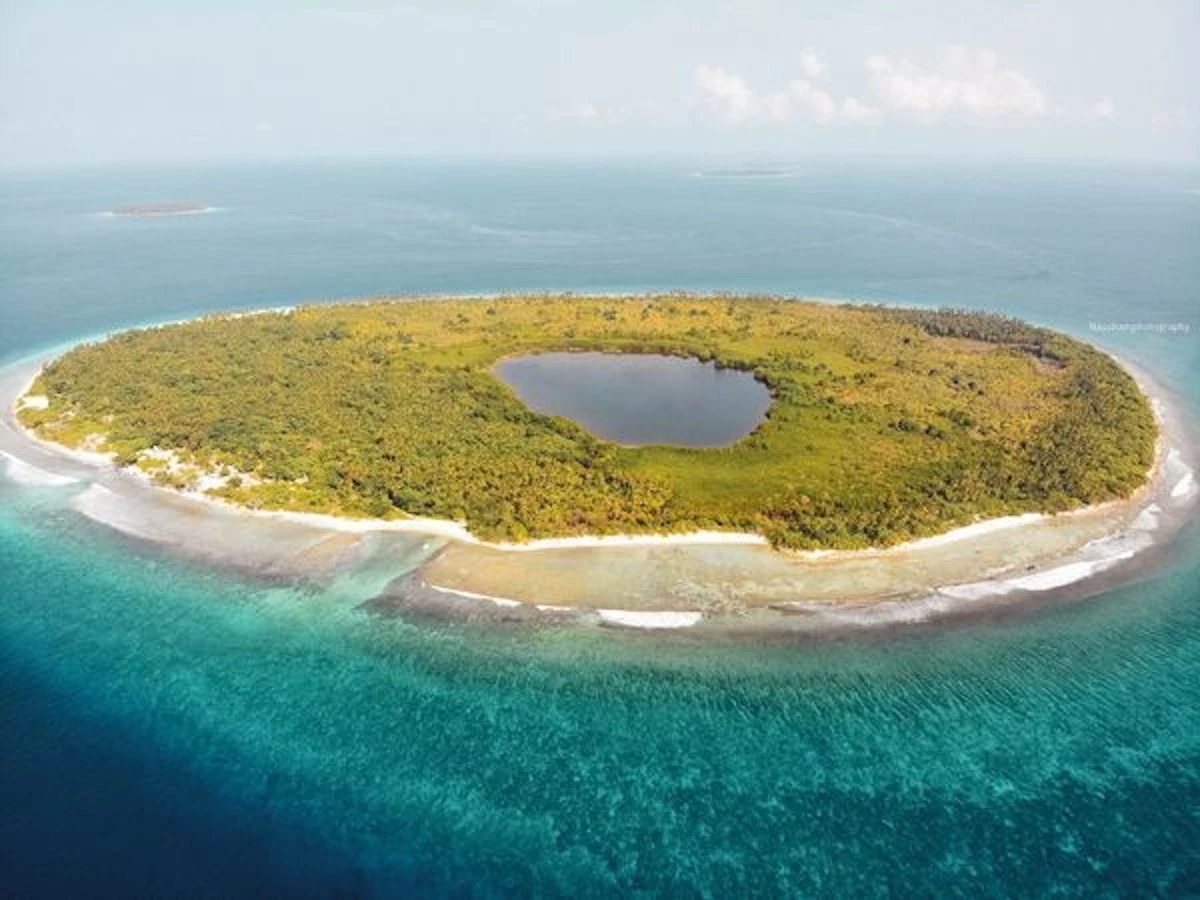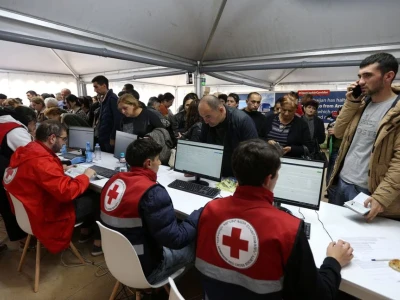
From Kandoodhoo to Milandhoo: joyous, heartbreaking sacrifice
In all sectors of development, be it education, health or infrastructure, Milandhoo is a prominent island in Shaviyani atoll.
By
Aminath Shifleen
"Must laugh, and fill our hearts, for a new life begins".
From a song sung 16 years ago in the voice of Rafiyath Rameeza for Adam Abdul Rahman's poem, this song is yet to escape the heart of every elder or young man of Sh. Milandhoo. It's because the excitement and the despair in the air are both associated with the song.
At the beginning of the song’s video, it is seen that the last residents of Sh. Maakandoodhoo, popularly known as a big island, are seen leaving the island with their belongings packed atop wheel barrows and carts. Next, we see the entire beachside of Milandhoo being beautified to welcome the guests who are to arrive in the island. Seats were arranged on the beach, the flags in assorted colours waved in the wind and the beach was decked.
While the young men gathered atop the jetty to welcome the guests, the women were seen rushing to prepare refreshments for the travellers.
Then in the boats, they stop near the jetty, the last islanders to migrate from Maakandoodhoo to Milandhoo. These are the people who were the last in the process of relocating people from Maakandoodhoo to Milandhoo, which was once an uninhabited island.
The banners put up on the boats read, "We move to Milandhoo with joy". In the video song, islanders from nearby came to show their support for the migrators in their own boats, with banners that read 'We are with Kandoodhoo people'.
Twenty-two years later, today, the residents of Milandhoo are once again out on that beach to celebrate their settlement colorfully. Their hearts are filled with joy.
However, leaving their ancestral home island and moving to another was a sacrifice they had made for their future. They cried when they had to leave Maakandoodhoo, but they saw that they could only survive in Milandhoo, which was right there, visible next door, about 10 minutes away.
Although a large island, Maakandoodhoo has a mangrove in the heart of the island and has loose soil atop. It was muddy land. It makes it difficult for people to build houses. The water from their wells came up dirty and smelled. Getting on and off the island was difficult too. The reason being the strong currents and crashing waves in the island's port area that caused boats to capsizes frequently, damaging the cargo of traders and the public. Unfortunate incidents took place. That's why the Maakandoodhoo people, who had a large population at the time, were hoping to find an island that was easier to live in.
When the leaders of Maakandoodhoo raised the concerns of the people with the then President Maumoon Abdul Gayoom, the government responded. They wanted the people to choose the village they wanted. Milandhoo, which was then used for farming by the people of the atoll, was the favorite of the three islands examined by the leaders of Maakandoodhoo .
In 2000, the government started the process of relocating the people of Maakandoodhoo to Milandhoo. People were being relocated in different phases, as housing was being completed and slowly all of them were relocated by 2006. A year earlier, in 2005, the government declared Milandhoo as a residential island.
"Those were the days when I felt many different things. When we saw people living in the houses that were first built in Milandhoo, the rest of us were waiting for our chance to move," said Abdulla Athif, president of Milandhoo Council, recalling the time.
In the six years that it took for the people to move from Maakandoodhoo to Milandhoo, the two islands were run together administratively. In both islands, basic amenities were provided, such as schools and health posts. Then in 2006, the last of the islanders left and the national flag that had been hoisted at all the government institutions in Maakandoodhoo was unfurled. The same scenes could be seen in Rafiath's song video.
Athif said, "I had a bittersweet feeling when I left Maakandoodhoo. I was heartbroken when I had to give up the house I grew up in and the streets I’d run and played in. But at that time, for the people of Maakandoodhoo, it was very clear that Milandhoo was our future.”
Today, it is a model island in the country. Development can be seen everywhere in the island, which has a population of 2,700. In all sectors of development, be it education, health or infrastructure, it is a prominent island in Shaviyani atoll.
They havent forgotten Maakandoodhoo though. Being close by, they often go to the island. Even if the woods and vines have taken over the houses and buildings, the original settlers visit their old homes when they visit the island. There, they reminiscence.
"Those feelings, that love cannot be changed," Athif said, adding that for the future, worthy sacrifices have to be made.




